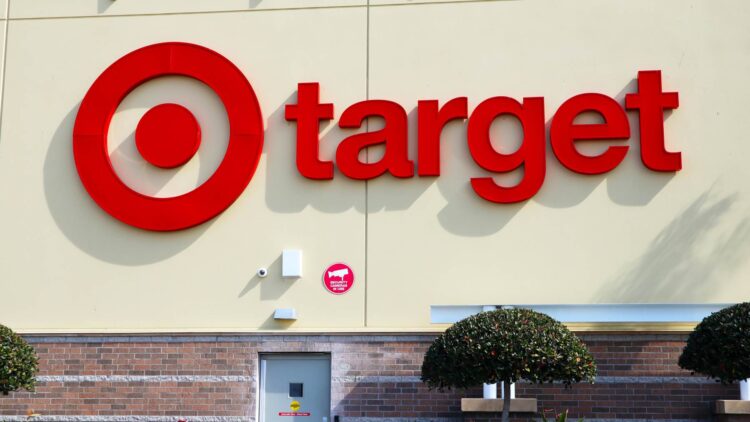A few years ago, self-checkout became all the rage and companies like Target started implementing it left and right, but now, just a few short years later, it has become clear that it is not working as well as companies expected, and changes have started to be made. The thing is that these changes are not pleasing customers and are creating more havoc than when self-checkout was implemented the first time around. The new change everyone talks about? A ten item limit on self-checkout.
When self-checkout first became the new strategy of retailers, they did so with the goal of saving money in personnel and trying to get away with one cashier running multiple stations, with occasional manager intervention. The reality was much worse for stores, lines were long, the lack of personnel meant that even the smallest issue derailed the whole system and many customers had issues with scanning.
And that was just the customer side of things. Stores like Target, where a lot of different items that can be camouflaged, started being the victims of a lot more instances of robbery and loss of inventory.
Why Target is changing their self-checkout policies
According to the company the problem does boil down to an increase in loss of inventory. When Target started investing in their self-checkout system they did so planning to offset the costs by having to employ less personnel, but it turns out that it has not been as simple as that, and that costs keep mounting despite their best efforts.
Not all inventory loss is due to outright theft, in some cases there is high probability of unintentional errors, such as failed scans or misplaced items, by honest customers, but sometimes, these failed scans happen with surprising frequency when it comes to high priced items, and while on a case by case basis no one customer can be accused of purposefully miss scanning the product, it is an overall trend that cannot be ignored.
The problem now is that Target has decided to combat this by putting a limit on the number of items that can go through self- checkout to ten, but they have not rehired the amount of cashiers necessary to open the rest of the lanes, which is causing a lot of trouble with customers.
The problems have been quick to appear, and there are a lot of disgruntled customers that have now had to wait in line for ages to have a cashier scan their items or just even open a till because none was available. This has made many just abandon their carts and just take their business elsewhere until the problem is resolved, but unless the solution is swift and spread widely, many may not return to the store. This solution may have worked for headquarters to feel like they are doing something to prevent theft, but it does not punish the criminals, it punishes the customers.
Because of this, Target now faces a very important decision, which will need to determine the route the company will be taking to solve the problem. There are a few paths they can take:
- Leave self-checkout fully operational and accept higher shrink-related losses, which does not seem to be acceptable.
- Shift focus to staffed lanes, increasing payroll but potentially improving customer satisfaction and reducing their revenue once again as they will need to hire more personnel.
- Rework the existing blend of both systems, as the current restriction of items appears to frustrate more than it helps.
What is no longer a viable solution is sticking with the current model, which is essentially restricting self-checkout without adding support at cashier lanes and which risks alienating loyal shoppers and eroding trust in the company.

